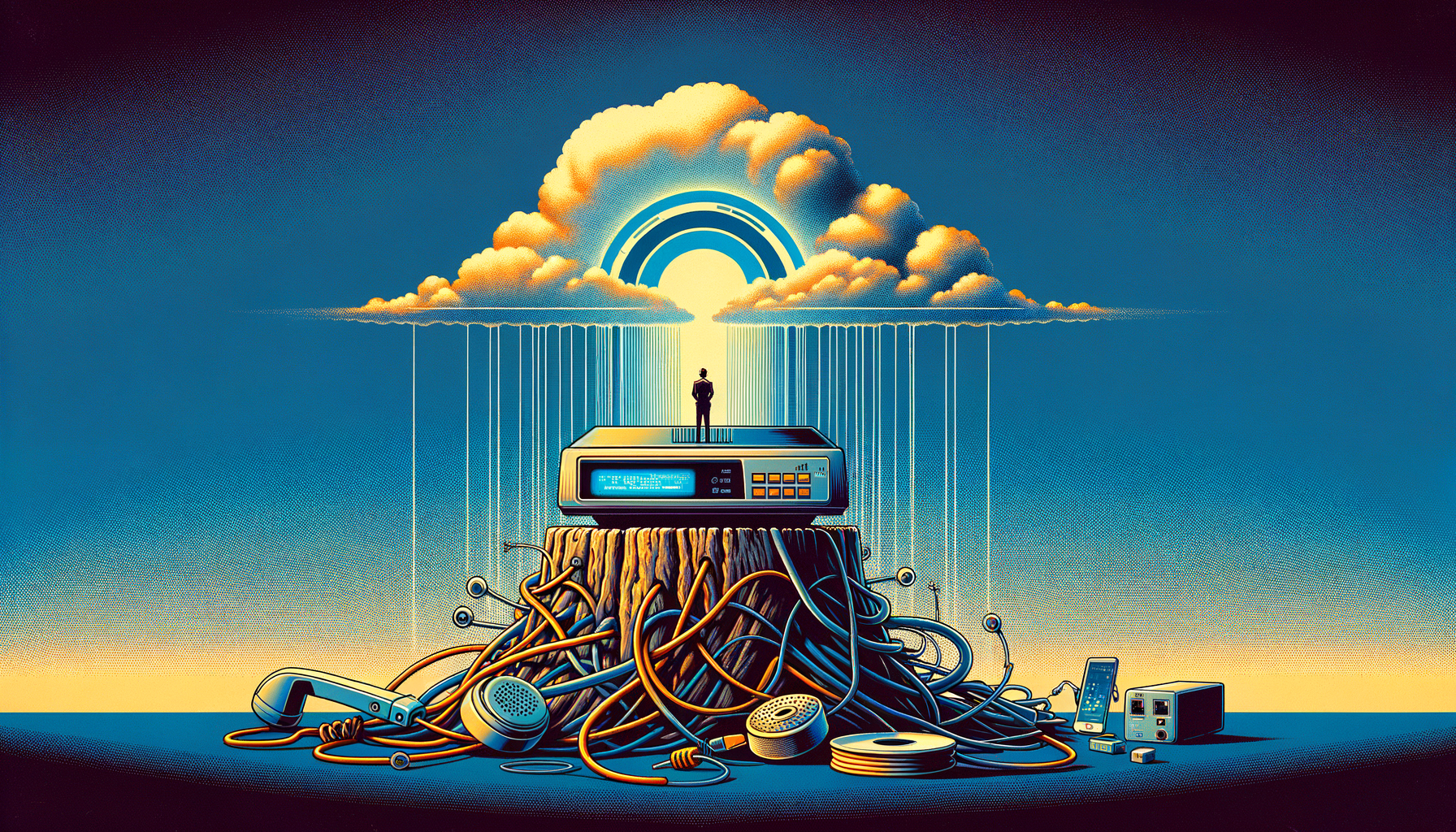The End of a Digital Milestone
In a definitive yet nostalgic shift, AOL has announced the cessation of its dial-up internet service, effective September 30, 2025. This marks the end of a service that, for many, epitomized the dawn of the internet age. A statement on the company’s website, under its parent company Yahoo, confirmed the decision based on a routine evaluation of its range of products.
Zooming In
A Journey Back in Time
Introduced in 1991, AOL’s dial-up service gave millions their first taste of the internet’s potential. With the iconic sound of modems connecting, AOL became intertwined with internet culture, popularizing instant messaging and providing access to the burgeoning World Wide Web. For years, AOL’s CD-ROMs, famously distributed in magazines and mailboxes, offered free trial hours, casting a wide net that attracted countless subscribers.
The Persistence of Dial-Up
Even as broadband became the norm, dial-up internet held a peculiar place in the market. As late as 2019, a U.S. census estimated that roughly 265.000 Americans still used dial-up, often in rural areas where broadband access remained limited. AOL’s customer base also included long-time subscribers, many of whom saw their subscriptions as a comfortable relic of reliability amidst a rapidly evolving digital landscape.
Technical and Cultural Impact
Dial-up internet operates on a markedly slower bandwidth compared to broadband, transmitting data through analog signals over regular phone lines. While revolutionary in its time, dial-up’s limitations became apparent as online experiences demanded faster speeds and higher data rates. Despite being eclipsed by technologies like DSL, cable, and fiber optics, dial-up remains a touchstone in the tech community for its historical significance.
Industry Reflections
The sunset of AOL’s dial-up service reflects broader technological progress and societal change. An increasing number of users now enjoy high-speed internet for remote work, streaming, and online gaming. Tech sector veterans note how dial-up paved the way, equipping users with basic internet literacy and fostering an online culture still evident today.
On this occasion, experts in the field recall dial-up’s role as more than a service – it was a gateway to discovery and a catalyst for digital innovation. AOL’s move mirrors trends seen in tech where legacy systems, valuable as they were, gradually yield to groundbreaking advancements.
Conclusion
As AOL closes the chapter on dial-up, it leaves behind a legacy of connectivity and catalyzed change. The transition marks not only the end of a service but also underscores the internet’s dynamic evolution. While the nostalgic echo of connecting modems fades, dial-up’s impact on digital history and its role in personal internet stories endure.









